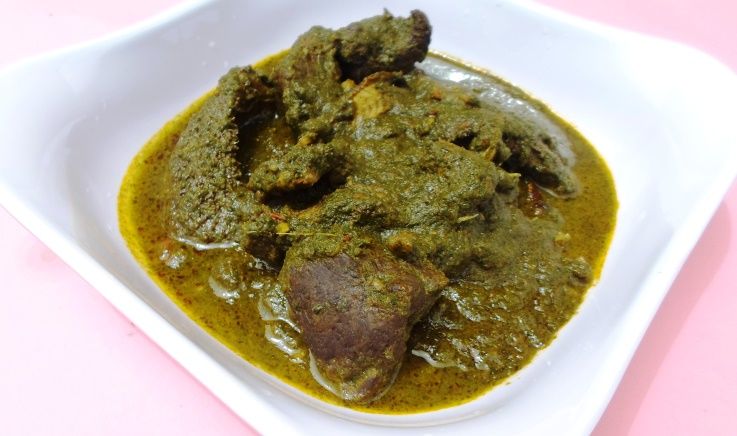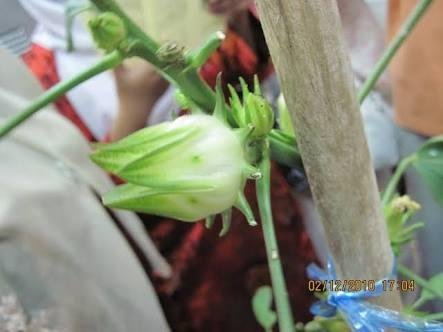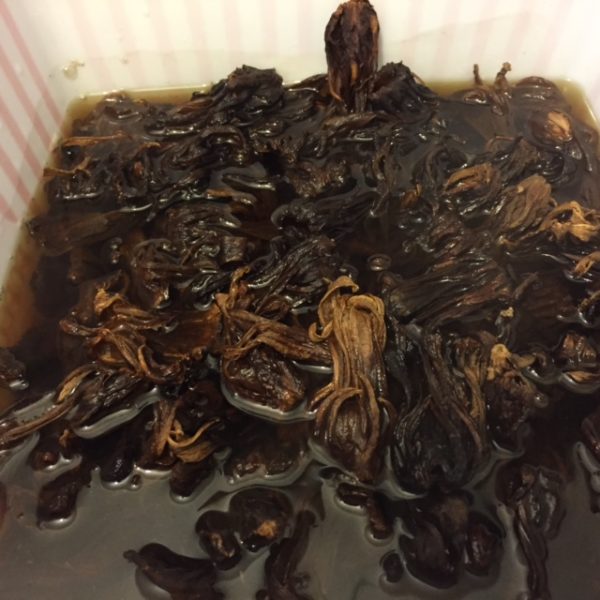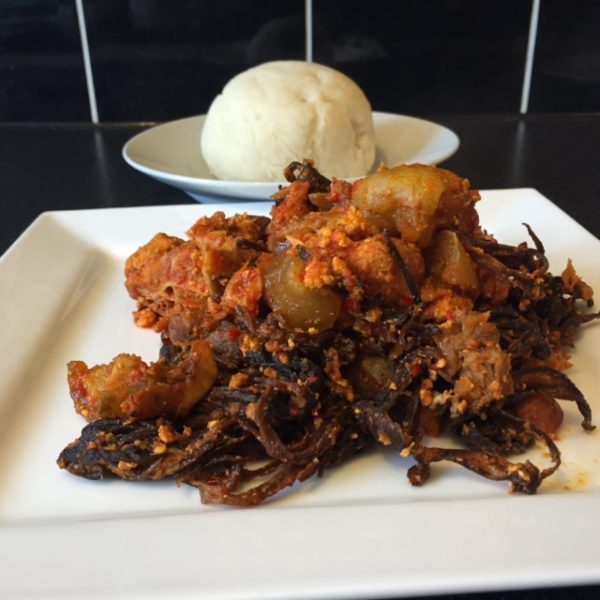When we do a head count of the vegetables in Yorubaland, the list of Yoruba vegetables that will be counted are obvious: soko, tete, gure (water leaf), efinrin (scent leaves), and ewuro (bitter leaf). But there are other Yoruba vegetables that should be included. Here’s a list:
1. Efo Amunututu

This vegetable is said to be rich in Vitamin A, Vitamin C, iron, and calcium, it is an excellent source of beta-carotene, a powerful disease fighting anti-oxidant , very rich in protein and good source of soluble fibre. Translated to English, the name Efo Amunututu means “vegetable that cools/soothes the stomach.”
2. Marugbo

This leaf is the primary ingredient for Marugbo soup. To use it in Marugbo soup, it is combined with other leaves such as scent leaves, ewe Akintola, among others. The leaves are sun dried before they are used. This is why Marugbo soup is greenish black when cooked. Due to the concentration of vegetables in the soup, Marugbo soup has a laxative effect on the body, and this is why the soup is said to be medicinal.


7 Foods That Need To Really Step Up Their PR Game
3. Isapa

Isapa soup is made from Isapa leaves which is also known as the Roselle plant. The plant is said to be medicinal, valued for its mild laxative effect, its ability to increase urination, and reduce nausea, among other things.

Isapa leaves, washed with hot water.

Here’s what Isapa soup looks like when cooked. Here’s a step by step guide on how to prepare it: How To Prepare Isapa Soup
4. Cocoyam leaves.

From what I know, you use only the tender shoots. That is, those young ones just blooming to life and not the wider leaves. It is said to be essential in reducing cholesterol level, controlling blood pressure, preventing anaemia, reducing wrinkly skin among others. It is also said to be useful in sperm production.
Yorubas certainly have this vegetable business on lockdown.
Let’s talk about Yoruba soups for a minute. Which would you classify as the best and which would you classify as the worst? We ranked them here:




